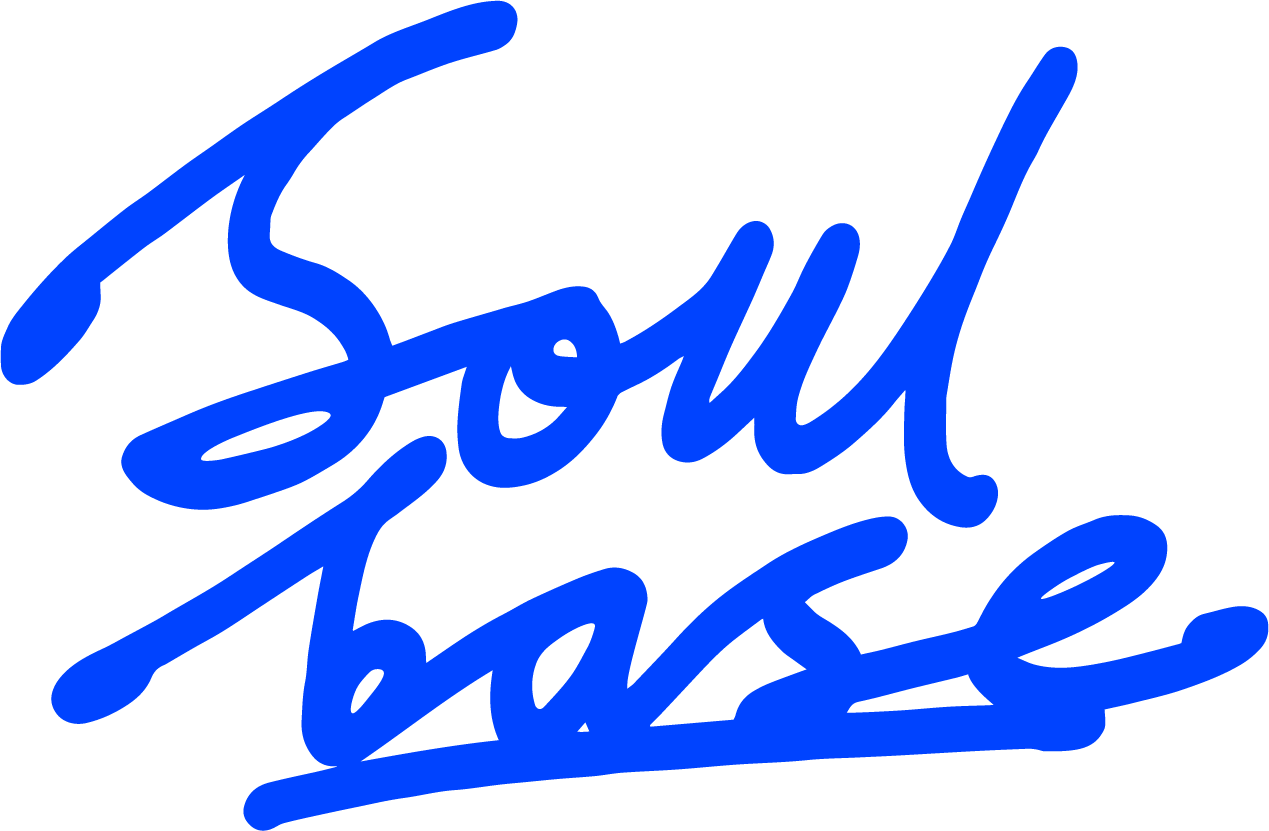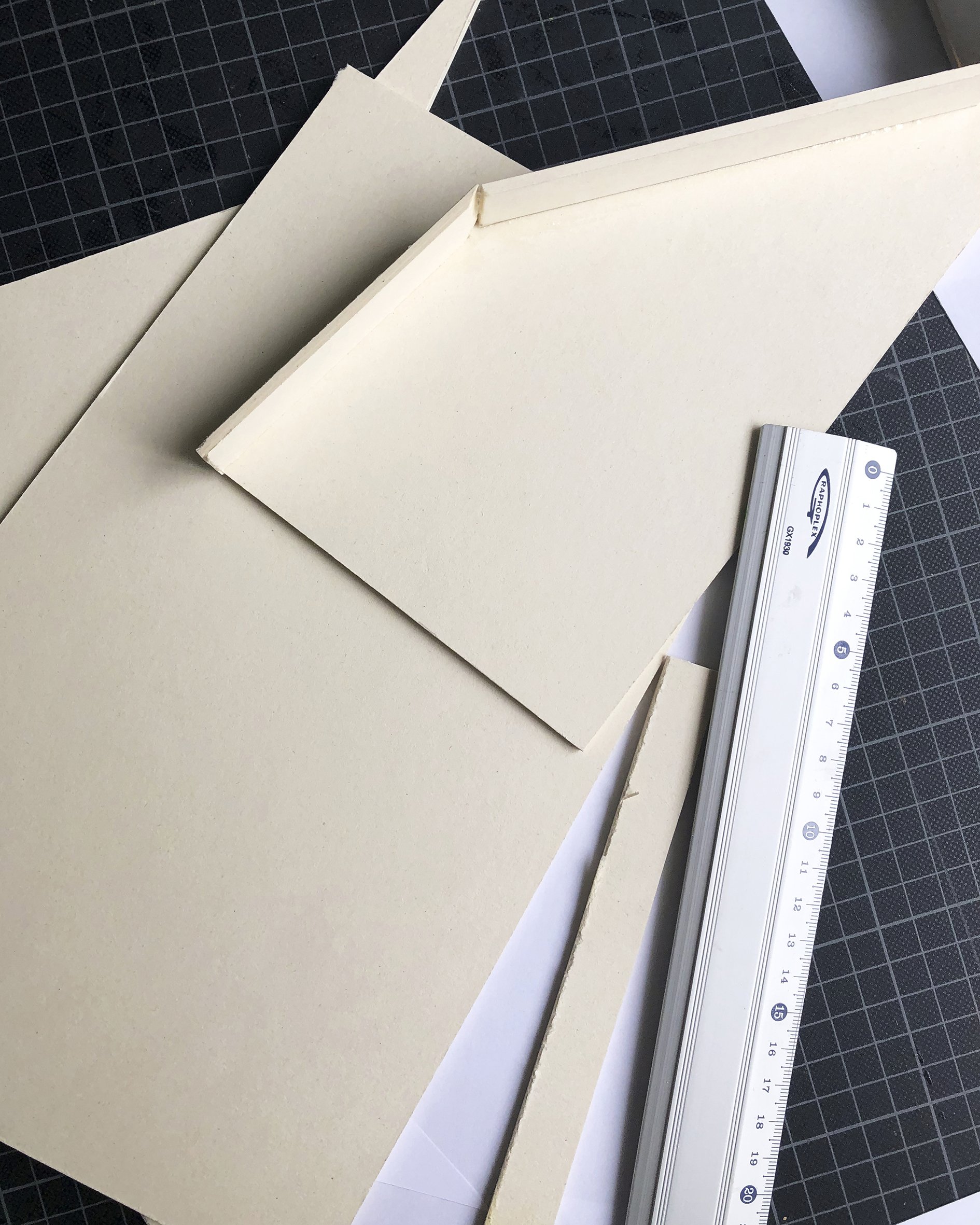Vianca Reinig :
Art as a catalyst to escapism
Vianca Reinig is an abstract artist and photographer currently based in Paris, France. She deconstructs and reconstructs patterns and elements together, creating imagery or life-size sculptures that she exhibits in cities like London. She loves to travel and her manifesto “the eye has to travel” couldn’t be a better fit.
“It always starts with a photograph from where I carve out my shapes. I then isolated these shapes and built 3D objects out of them, differing in material and size. The rearranging of the shapes is the imaginary part of the process that is manifested in a photo or life-size sculpture.
It always starts with a photograph from were I carve out my shapes. I then isolate these shapes and built 3 D objects out of them, differing in material and size. The rearranging of the shapes is the imaginary part of the process which is manifested in a photo or live size sculpture.”
Hi Vianca, How are you doing? What made you smile today?
Hi. :) I am good. It's summer, there is sunshine. That is all it takes sometimes.
This is typically a casual question for most of us, but for you, it’s maybe something unique. Where are you from and where are you currently based?
I was born in Baden Baden in the south of Germany but moved to Sheffield in the north of England with my family when I was around 10 years old. Since then, I have lived in Vienna, Hamburg and Frankfurt and am currently based in Paris. One of my favorite quotes is from Diana Vreeland: “The eye has to travel,“ and I try to live by that.If you could introduce your professional work in one sentence, how would you describe it?
Broken down into one sentence, I’d say it's me trying to make sense of my surroundings by deconstructing and reconstructing patterns and elements that accrue to me.
You have traveled a lot and have lived in many places, from England to Germany. What brought you to these places? Was it primarily for educational or work purposes, for the city or for something else?
A bit of everything I guess. England and Frankfurt were for educational purposes, and the move to Hamburg was for work purposes. Paris, however, has always been a dream destination. I was 15 when I first visited Paris and completely fell in love with the city. I made a promise to myself to live here at some point in my life, and 17 years later I finally made the move and have not regretted it since.You started out with classical portrait photography, and over time, your interest grew into architectural elements, which replaced the portrait photography. What fascinates you about architectural elements and when did you know you wanted to concentrate more on this field?
I was really into fashion when I was younger and wanted to become the next big fashion photographer. I finished my studies in photography (in portrait photography, as fashion photography is not offered as an option) and moved to Hamburg because that's where the photo scene was in Germany at the time.As I didn't have any contacts, I got a job at a photo equipment rental and was given the opportunity to travel all around Europe to check up on their stores. In my free time, I explored these new places – alone with just my camera. I think it was Barcelona that first got me to really appreciate architecture, and from then on it became my main focal point. I quit two years later and became a freelance photographer with my new interest being architectural photography.Then COVID and the first lockdown happened. Having too much free time and nowhere to go, I started experimenting with the photographs I had – cutting them up, rebuilding certain shapes I liked and playing with color, and everything fell into place – literally. What draws me to architectural elements and geometry is this perfect juxtaposition of complexity and simplicity. Each new set of shapes I develop and each new series of photographs is about getting those two elements in harmony.What defines art for you?
I see art as a catalyst to escapism. That moment when you dive underwater and everything turns silent. One is left with a clear view of an unknown wide space, and it's up to oneself what to do with it – that's art for me.
What places spark interest and inspiration for current work or for potential work?
I wouldn't say it's a particular place or occurrence; it can be anything. I love to go on really long walks and just let my mind wander. It can be anything that will set off a train of thought – a color combination, an architectural composition or, when I have music or a podcast playing, something I am listening to.What would you like to be asked more often in daily conversations?
Hmm, that is a good question. Maybe not so much about what I want to be asked but more about what kind of conversations I would like to have more of. I really enjoy getting ideas from other people about what currently holds their interest – books, movies, podcast episodes, food, places, etc. – and exchange on those.
If you did not do art for a living, what would you do? What other profession would be something that would be interesting to you?
Either a detective of some sort or a bridal shop assistant. I have a tendency to hyper focus on a subject when I am interested enough and will want to know everything there is to know about it: where, why and how it is all connected until I have found an answer. Bridal shop assistant because I am fascinated by the psychology of weddings and especially the wedding dress.Are you currently working on a new collection or will you have a new exhibit soon?
Yes, I am. Lately I have been working on turning the shapes I construct for my photographs into large scale sculptural installations. My first sculptural work will be presented at the Cluster Contemporary Art Fair in London in November 2022, which I am really looking forward to. Being able to turn the shapes into life-size sculptures, I have the chance to build a direct dialog with the observer and the shapes. With my photography, the perspectives are given by me, but now the viewer has the opportunity to explore them on his/her/their own, creating a new set of questions I am eager to delve into:
How does the size of the shapes change their view?
Does the desire to search for new perspectives grow with each move taken through the constellation?
How do the spectators react to the direct raw confrontation?
What emotions and impressions are set free? How does it make them feel?
Do you feel there is a shift happening in the art world? Or would you say art is always evolving?
I don’t know if there is a shift, but I would say it's always evolving. That's the great thing about creative work in general: you are free to experiment and go places out of pure curiosity. For me, it's about finding new angles and perspectives to understand how my surroundings work, and art is a way to explore, explain and – most importantly – present these thoughts.You wrote a book with Phillip Schmidt called “Lewis and Harris.” Can you share more about the book and how the idea was born?
The original idea for why we set off to the outer Hebrides, the Isles Lewis and Harris in particular, was because Philipp Schmidt, a portrait photographer based in Hamburg, planned a photo series about the youth in one of the most remote areas in Europe. We didn't know each other too well, having only worked together a couple of times, but he asked me if I wanted to join him and his idea by adding my architectural eye to the story. I found out about these old relics called Brochs (round stone houses) that are scattered around the island, and we paired his colorful youth portraits with my analog black and white architectural photographs.We spent around 1.5 months on the island and ended up with a lot more pictures then what we had planned for our exhibition “hybridized Hebrides” in Hamburg. Not wanting to let the other photographs we took disappear into the dark corners of our external hard drives, we contacted a friend, Felix Link, a graphic designer in Berlin, and asked if he was interested in helping us turn “leftover” photographs into a photo book. We sent him a box full of small print outs and those ended up becoming “Lewis and Harris,” which we published with Kerber Verlag in 2019.It was an experiment through and through, from not knowing if we could actually work and travel together to finding out what goes into planning and producing a photo book. But we are still very good friends and now have a published photo book with Kerber Verlag, so I guess the experiment worked out in our favor.You are currently living in Paris to focus on your art career. What are your four favorite art places in Paris?
1. The Musée the l`Orangerie – “Les Nymphéas”, the eight large murals of Monet's water lilies are breathtaking. I am not a huge Monet fan but being in those two oval rooms where they are displayed is a spiritual experience. It makes me emotional every time.
2. Palais de Tokyo – Great space to see new contemporary artists.
3. Centre Pompidou – Always really well curated exhibitions. It also has a cinema where you can go and see smaller independent movies and a great photography collection that always changes.
4. Bibliothèque de l'Institut national d'histoire de l'art - It’s the most beautiful library with a huge collection of books from art to design to architecture. That's where I get a lot of my writing done.









